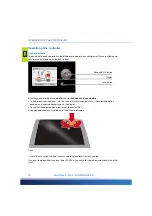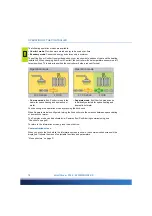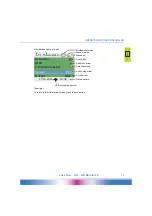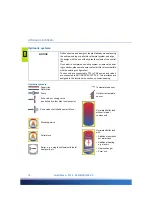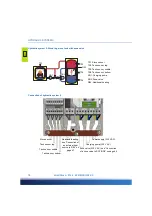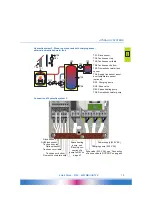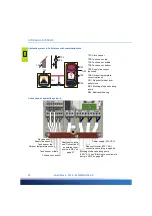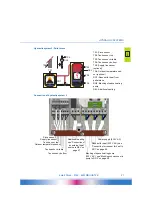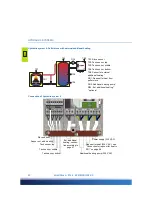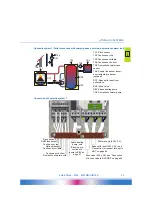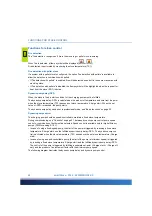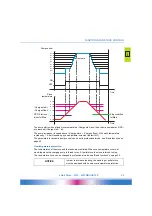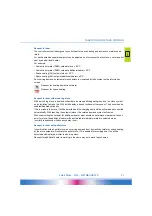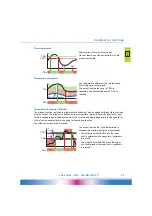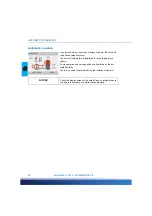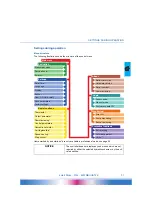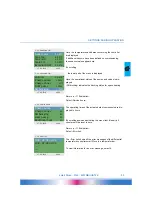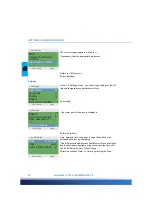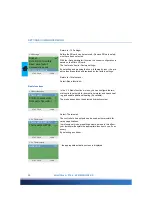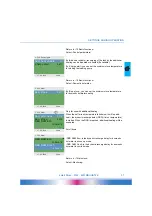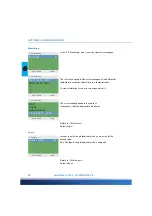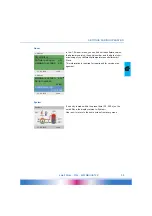
FUNCTIONS FOR STOVE CONTROL
24
smart Stove - 0142 - 42WMSUGAT2-C
Functions for stove control
Fire detection
The “fire detection” recognizes, if fire in the wood log or pellet stove is burning.
When fire is detected, a flame symbol will be displayed (
or
).
Fire detection is performed by monitoring the stove temperature (TS1).
Fire detection with pellet stove
If a system with a pellet stove is configured, the option “fire detection with pellets” is available to
allow fire detection in combination with pellets.
• If “fire detection with pellets” is enabled, fire will be detected on and off in the same manner as with
wood log stove.
• If “fire detection with pellets” is disabled, the flame symbol will be highlighted when the request for
heat from the stove (RO1) is active.
Dynamic pump delay (DPD
When the stove is fired, a start condition for the charging pump must be fulfilled.
The dynamic pump delay ›DPD‹ is calculated as the product of temperature and time from the point
when the stove temperature (TS1) passes a set stove temperature ›Charge start‹. When the set
value of ›DPD‹ is reached, the pump starts.
The dynamic pump delay can be set in professional mode, see “Basic functions” on page 55.
Dynamic pump control
The charging pump should be speed-controlled to maintain a fixed stove temperature.
During commissioning, see “Checklist” on page 51, between dynamic pump control, pump speed
control, or combination of both must be selected. Speed control is available only for high efficiency
pumps (PWM or analog 0-10 V).
• In case of using a fixed-speed-pump, the start of the pump is triggered by reaching a fixed stove
temperature ›Charge start‹
and
the fulfilled dynamic pump delay ›DPD‹. The dynamic pump con-
trol is activated when the stove temperature (TS1) rises above the set stove temperature ›Charge
start‹.
• In case of using a speed-controllable pump, the start of the pump (at minimum speed) is triggered
by reaching a fixed stove temperature ›Charge start‹ and the fulfilled dynamic pump delay ›DPD‹.
The control of the pump is triggered by fulfilling a separate set-point (›Charge start‹ + ›Charge off-
set‹) and the product of an increment factor with the minimum pump speed.
The following diagram illustrates the dynamic pump delay and dynamic pump control.



